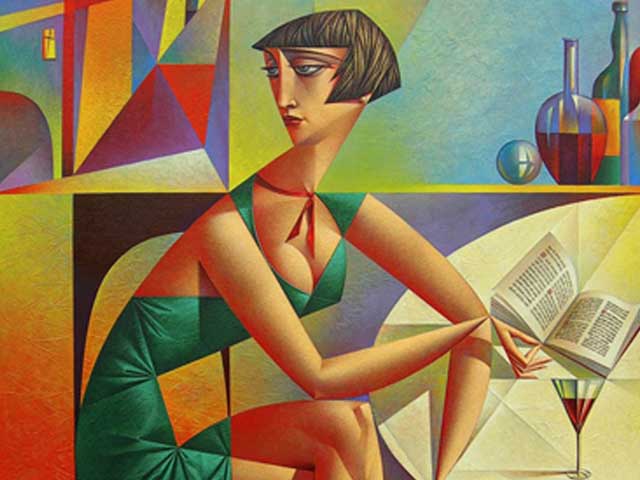
Recently I came across the work of Georgy Kurasov and was drawn in by the fantastical colorful images, reminiscent of 1920’s cubism. So, first, I was surprised to learn Kurasov is a contemporary painter. And then, I was amazed to learn that as a young art student, Georgy’s teachers initially thought he had a total lack of feeling for color!
Kurasov is a Russian-born artist who grew up in St. Petersburg. But in 1958, his birth city was still called Leningrad. Georgy spent his childhood there and continues to reside in St. Petersburg today. At thirteen, his mother deciding he had a talent for art sent him to the Academy of Arts, and there he spent six years in the building erected by Catherine the Great in the late 18th century.
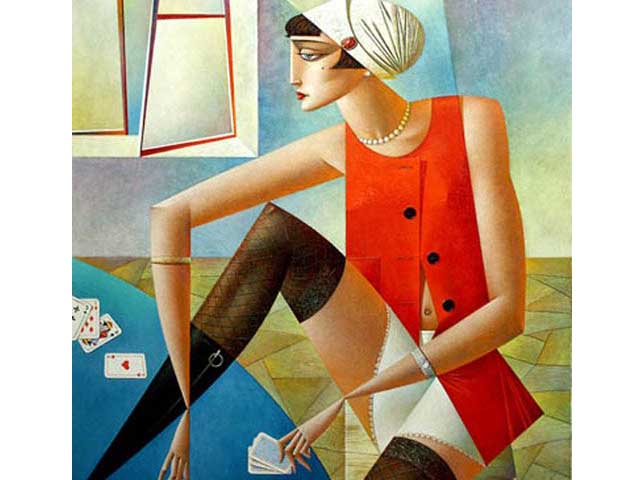
“Those gloomy, narrow, incredibly high vaulted corridors, the vast, cold, grimy studios, everything was inhabited by the ghosts of long dead masters of ages past, whose influence was far more real than the insignificant apologists of Socialist Realism and of Marxist-Leninist aesthetics. The Academy was a solid amalgamation of temple to and prison of the arts.”
Kurasov.com
It is hard to imagine the deans of the school originally thought Georgy had no talent for painting, believing from his first attempts with a brush on canvas that he had no sense of color. Because of this, instead of directing him to the rooms filled with easels and paint, they placed him into sculpture classes.
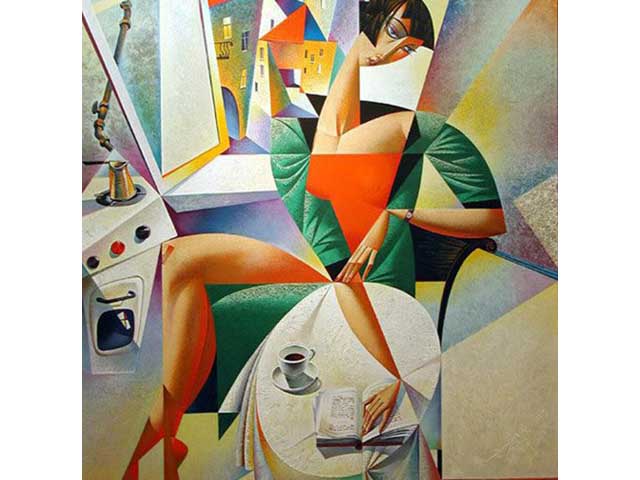
Kurasov describes his
time in art school as
the best years of his life.
Kurasov moved in intellectual circles and hob-nobbed with talented young artists — he was free despite the exception of the one or two informers that were a necessary element of life in those years. After graduating, Georgy was obliged to serve in the military but was fortunate enough to be appointed Court Artist to his general. By 1984 he had fulfilled his military duties and was granted civilian status. Russia, during the Gorbachev years, did not provide the fertile ground for artistic development and Kurasov struggled, combating food shortages, political unrest, and social turmoil.
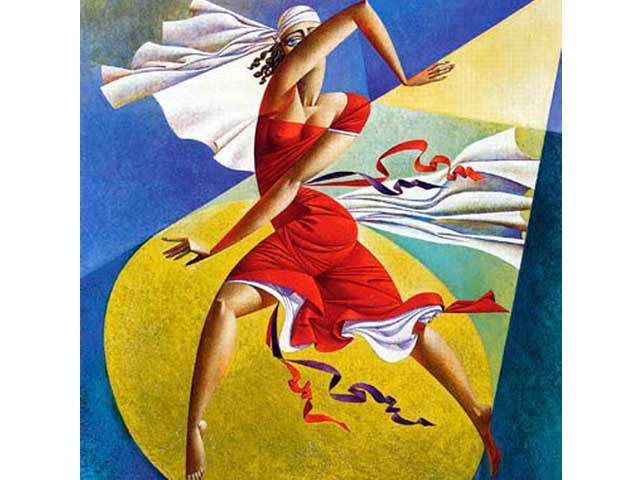
Yet Kurasov, petitioning for acceptance into the Union of Artists, was granted a tiny studio where he could start producing a body of work. Still, it was impossible to make a living selling paintings in Russia, and so he began to sell abroad in small galleries. In 1993 Georgy’s works were first exhibited in the United States, and since then his paintings have been showcased exclusively in North America.
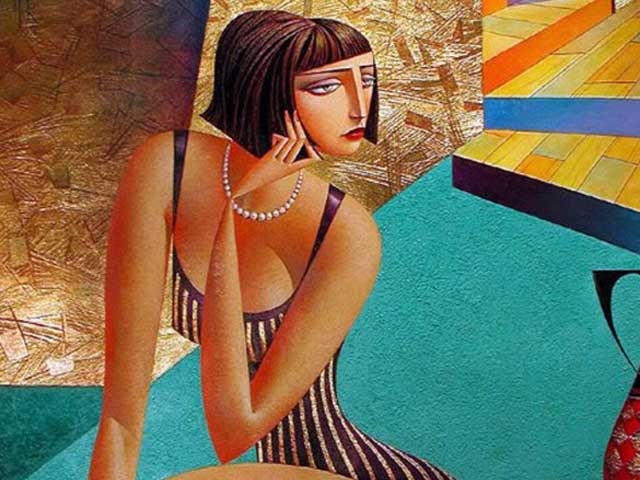
It seems, Kurasov
defies artistic stereotypes.
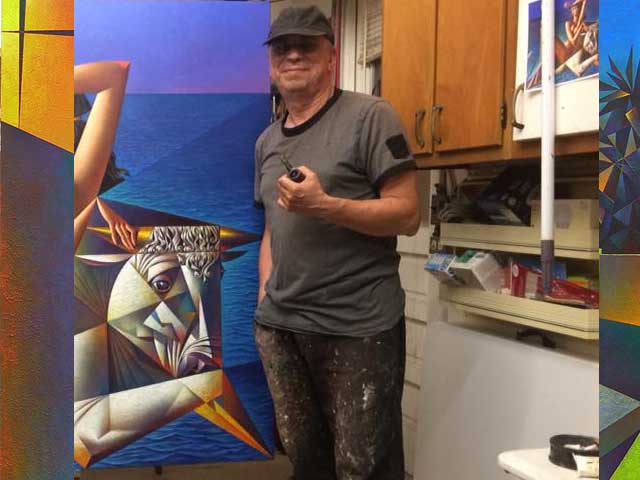
Trained as a sculptor, he is now a painter. While he still lives in Russia, he has very little to do with the art world there. Given his absence of works in Russian exhibitions, many think he has emigrated. He is a contemporary painter who chooses to paint in an iconic cubist style reminiscent of Picasso. Thought originally by his teachers to have no sense of color, today, on the contrary, his canvases are infused with deep reds, purples, yellows, and turquoises.

Far from the drab colorless winter skies that
often hang over St. Petersburg,
Kurosov’s paintings sparkle like precious
jewels struck by dazzling sunlight.
Proof once again, a creative mind can transcend many levels, stereotypes… and escape the ordinary.
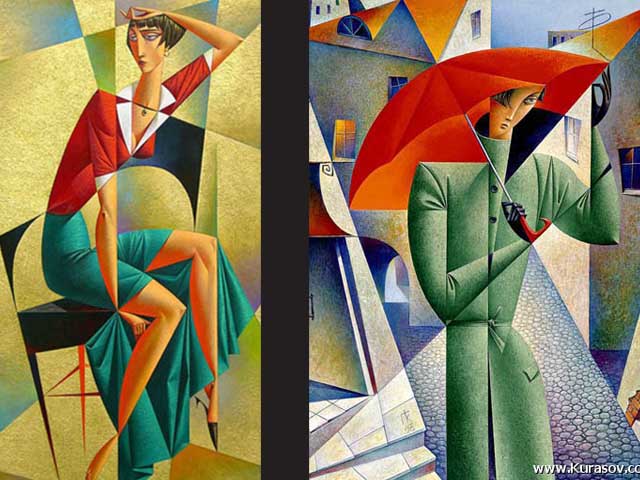
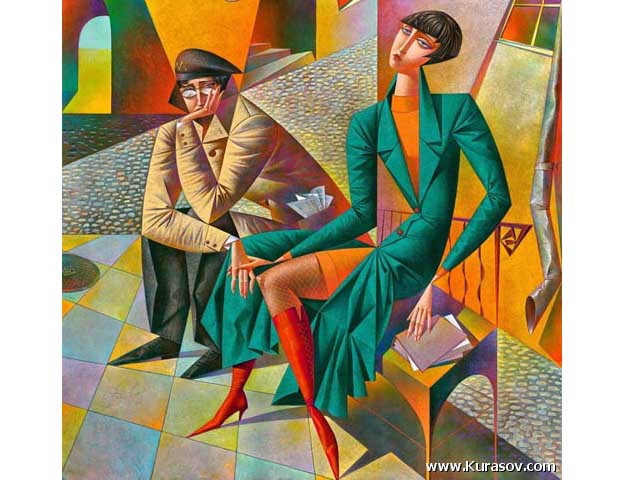
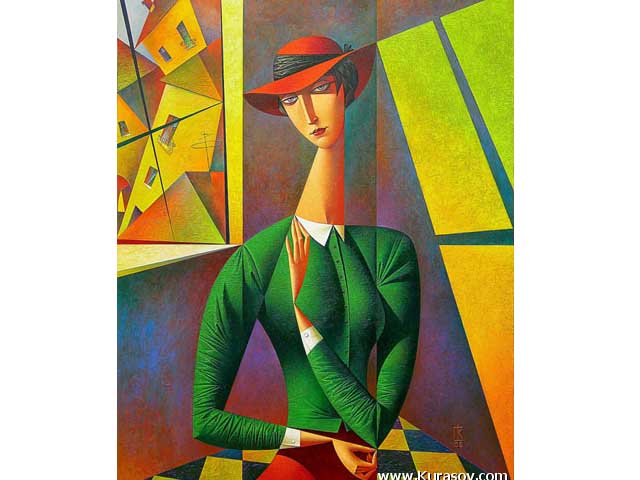
For more information about Georgy Kurosov visit: http://kurasov.com
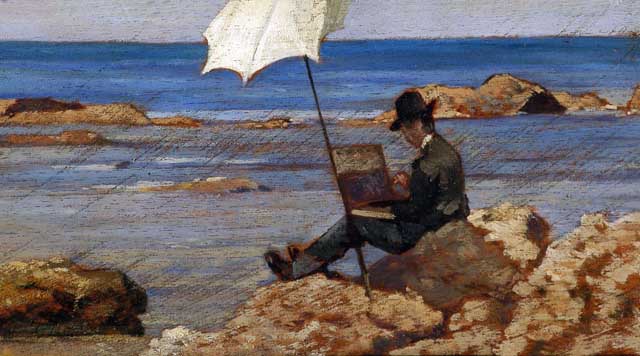
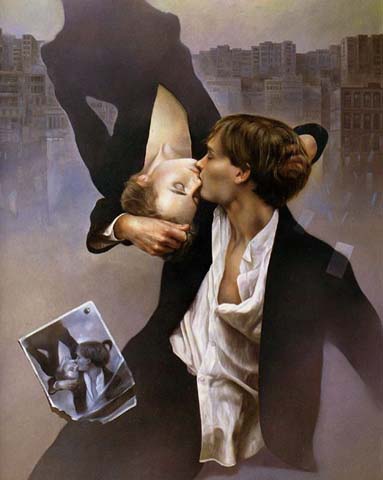
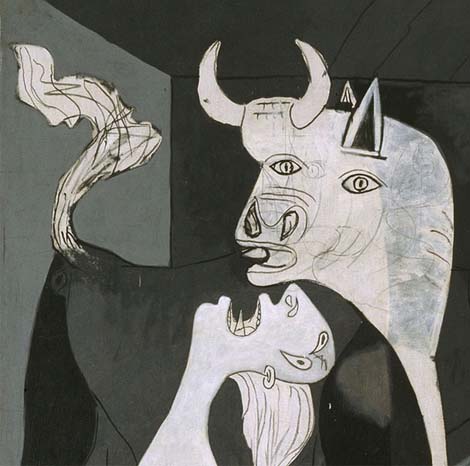
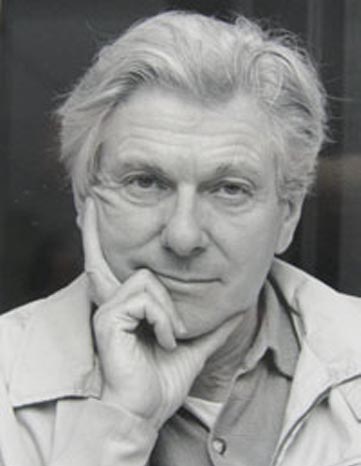
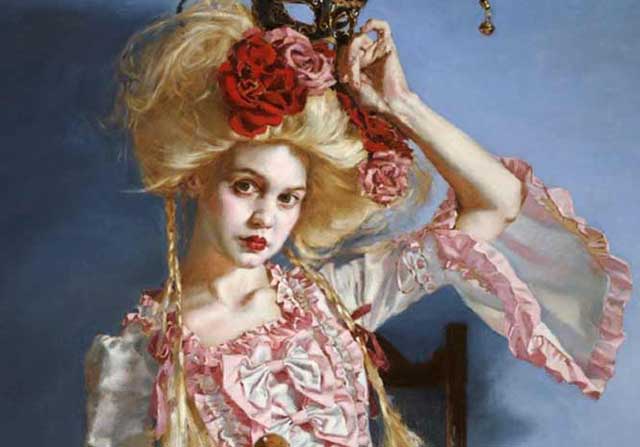
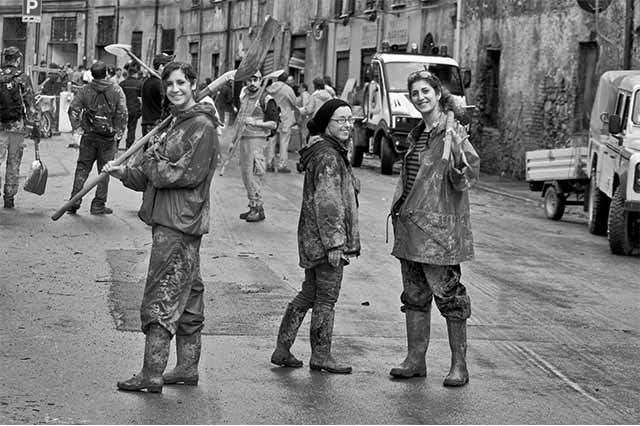
İncredible paintings. Very symbolic. Almost verging on being mathematical descriptions. Expressing entities with simple yet powerful and complete characteristics. Woman, room, building, etc. Very active use of color perspective and intersections that make the elements almos 3D. Escaping ordinary? yes. An exraordinarily Transcendent technique into the eseence of objects beneath the surface of the ordinary. Can’t say much more cause I am only an electrical engineer and not an arts person by profession.